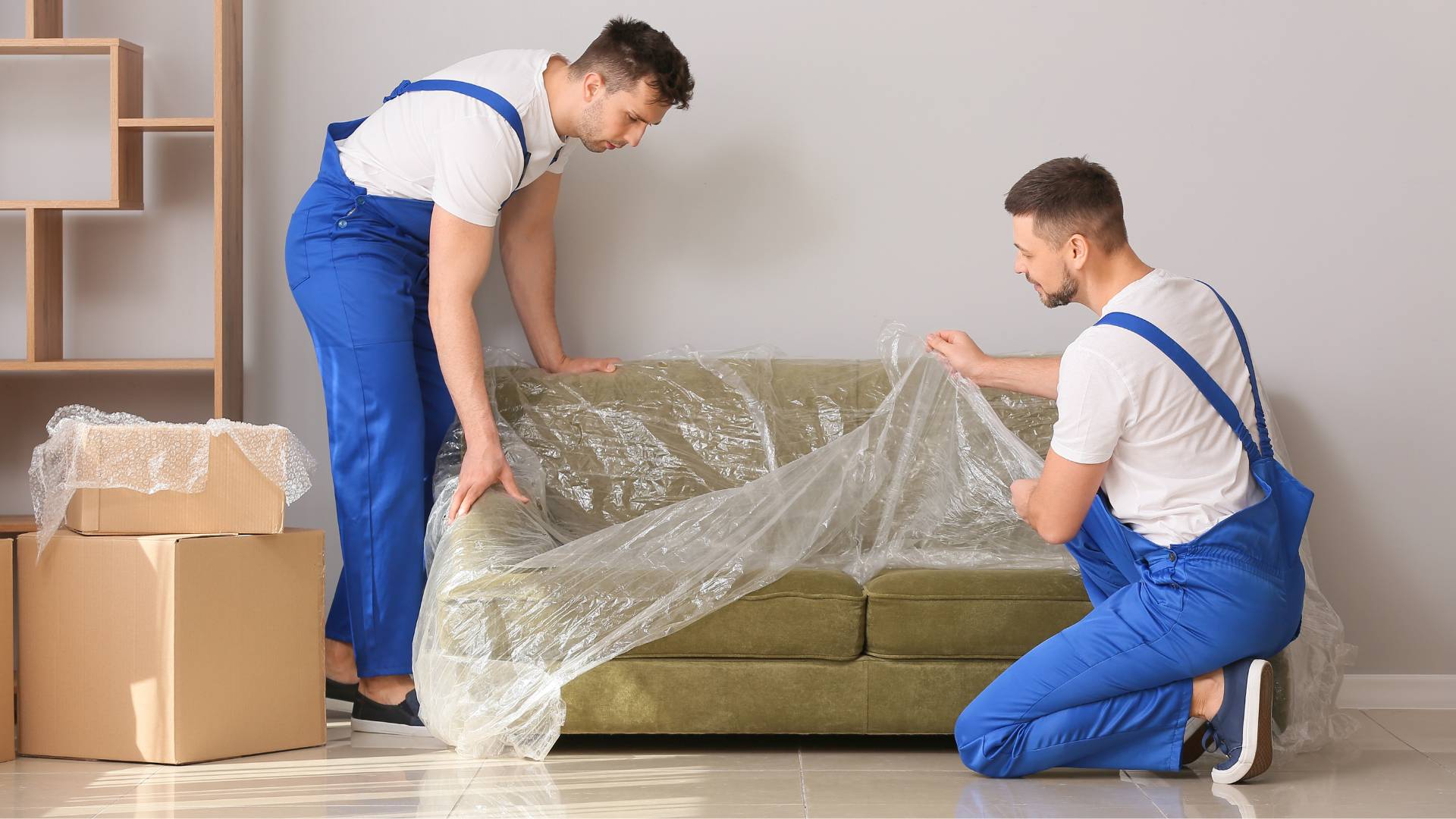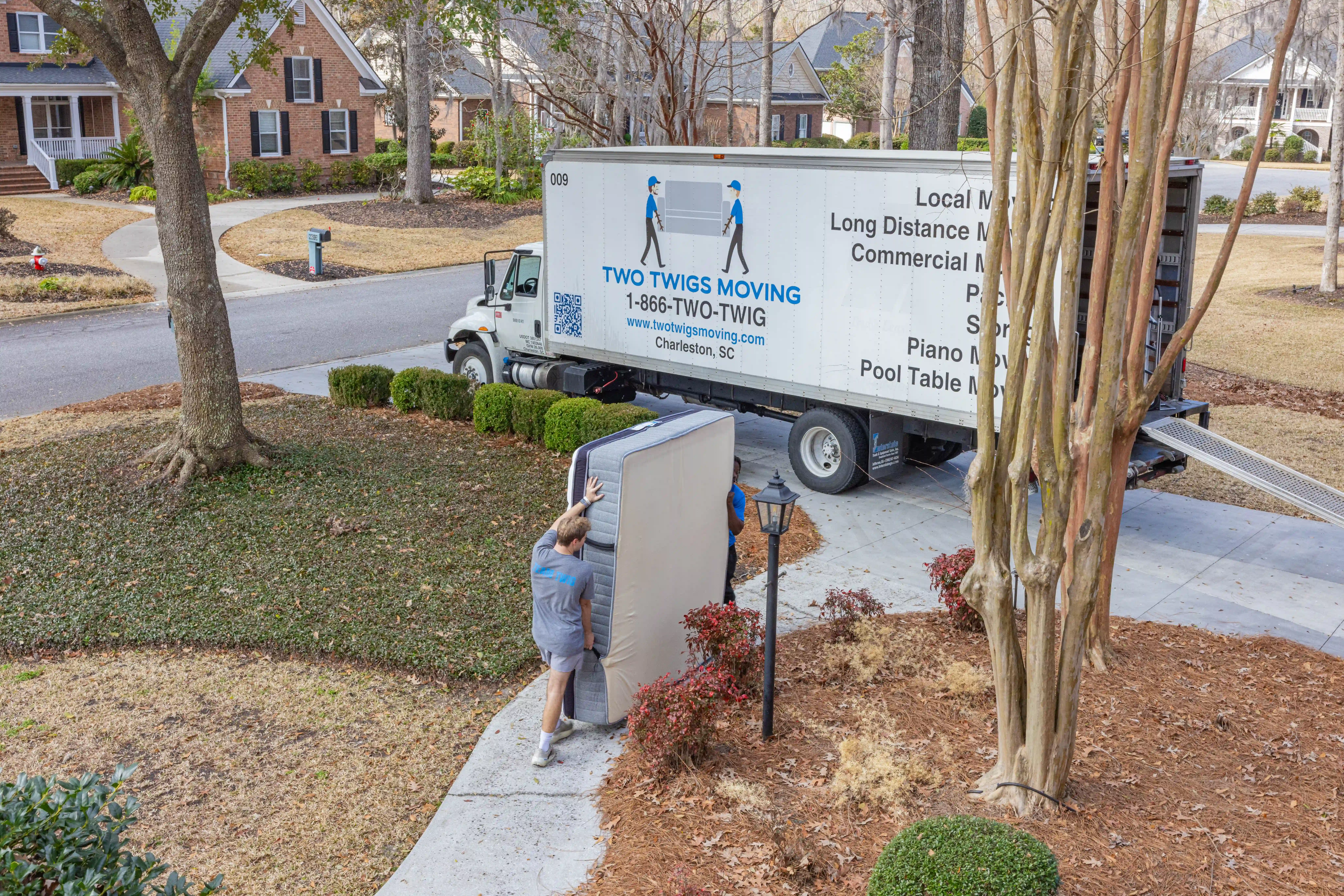Moving to a new home can be an exciting, yet stressful, experience. With so many tasks to juggle, it’s easy to overlook important details or make mistakes that lead to unnecessary stress, costs, or even damage to your belongings. To ensure your move goes smoothly, it’s important to be aware of common moving mistakes and how to avoid them. Here’s a guide to the most frequent errors people make during a move—and how to steer clear of them.
1. Not Planning Early Enough
One of the biggest mistakes people make when moving is waiting too long to start planning. Moving involves multiple steps, from hiring movers and gathering supplies to packing and setting up utilities. Procrastinating on any of these tasks can result in last-minute scrambles, increased costs, and added stress. To avoid this, start planning your move several weeks (or even months) in advance. Create a moving checklist that includes all the tasks you need to complete and stick to a timeline to keep yourself organized.
2. Underestimating the Amount of Time Needed to Pack
Packing always takes longer than expected. Many people wait until the last few days before their move to begin packing, which can lead to rushed packing, broken items, and incomplete organization. To avoid this, start packing early, tackling one room at a time. Begin with items you use infrequently, such as seasonal decorations or storage room items. Aim to finish packing well in advance of moving day so you’re not overwhelmed at the last minute.
3. Not Decluttering Before the Move
Moving everything you own without decluttering first is one of the most common and costly mistakes people make. Bringing unnecessary items with you adds to the workload and can increase moving costs, especially if you’re paying by the hour or the amount of space used. Before you pack, take the time to go through each room and decide what to keep, donate, sell, or throw away. Downsizing your belongings can make the move easier and less expensive.
4. Forgetting to Label Boxes
Skipping the labeling step when packing boxes may save time in the short term but will create a nightmare when it comes time to unpack. If boxes are not clearly labeled, you’ll waste valuable time trying to find specific items, and it could lead to damage if fragile items aren’t handled with care. To avoid this, clearly label each box with the room it belongs in and a brief description of its contents. Consider using color-coded labels or markers to make identification even easier.
5. Hiring the Wrong Moving Company
Choosing the wrong moving company can lead to several issues, including lost or damaged items, hidden fees, or poor service. Some movers may offer a low initial quote, only to add unexpected charges later. To avoid this, do your research before hiring a moving company. Read reviews, ask for referrals, and request detailed, written quotes. Companies like Two Twigs Moving offer transparent pricing and excellent service to ensure a smooth, hassle-free experience.
6. Not Taking Measurements of Your New Home
Many people forget to measure the spaces in their new home before moving day. This can lead to furniture or appliances not fitting through doorways or fitting awkwardly into the rooms. Before moving, measure key areas like doorways, hallways, and rooms to ensure that your large furniture and appliances will fit. If necessary, disassemble furniture to make the move easier.
7. Overpacking Boxes
It can be tempting to fill boxes to the brim to minimize the number of boxes you use. However, overpacking can lead to heavy boxes that are difficult to move, increasing the risk of injury or damage. It can also cause boxes to break during the move. To avoid this, pack heavier items in small boxes and lighter items in larger boxes. Aim to keep each box at a manageable weight to prevent accidents.
8. Not Preparing an Essentials Box
Another common mistake is forgetting to pack an essentials box. After a long day of moving, the last thing you want is to rummage through dozens of boxes looking for basic items like toiletries, a change of clothes, or important documents. Pack a box with essential items you’ll need during the first few days in your new home, such as toiletries, medications, chargers, and basic kitchen supplies. Keep this box with you to ensure you have easy access to necessities.
9. Neglecting to Update Your Address and Utilities
Forgetting to update your address and transfer utilities can cause unnecessary delays and complications after your move. To avoid this, make a checklist of everyone who needs to be informed of your new address, including the post office, banks, credit card companies, and insurance providers. Also, ensure that your utilities are scheduled to be turned on in your new home by the time you arrive, and that your current utilities are set to be turned off after you leave.
10. Not Protecting Fragile Items Properly
Improperly packing fragile items can lead to breakage during the move. Many people fail to use enough padding or pack fragile items inappropriately. To avoid this, use plenty of packing paper, bubble wrap, or other cushioning materials for delicate items. Make sure that fragile items are securely packed with no movement inside the box, and label these boxes clearly as “Fragile” so movers know to handle them with care.
Conclusion
Moving can be a complex process, but avoiding common mistakes can save you time, money, and stress. By planning ahead, packing carefully, and choosing the right moving company, you can make your move smoother and more efficient. Companies like Two Twigs Moving can also help ensure a seamless transition, offering professional and reliable moving services tailored to your needs. With the right preparation, you can avoid these moving pitfalls and enjoy a successful, stress-free relocation.


.svg)


